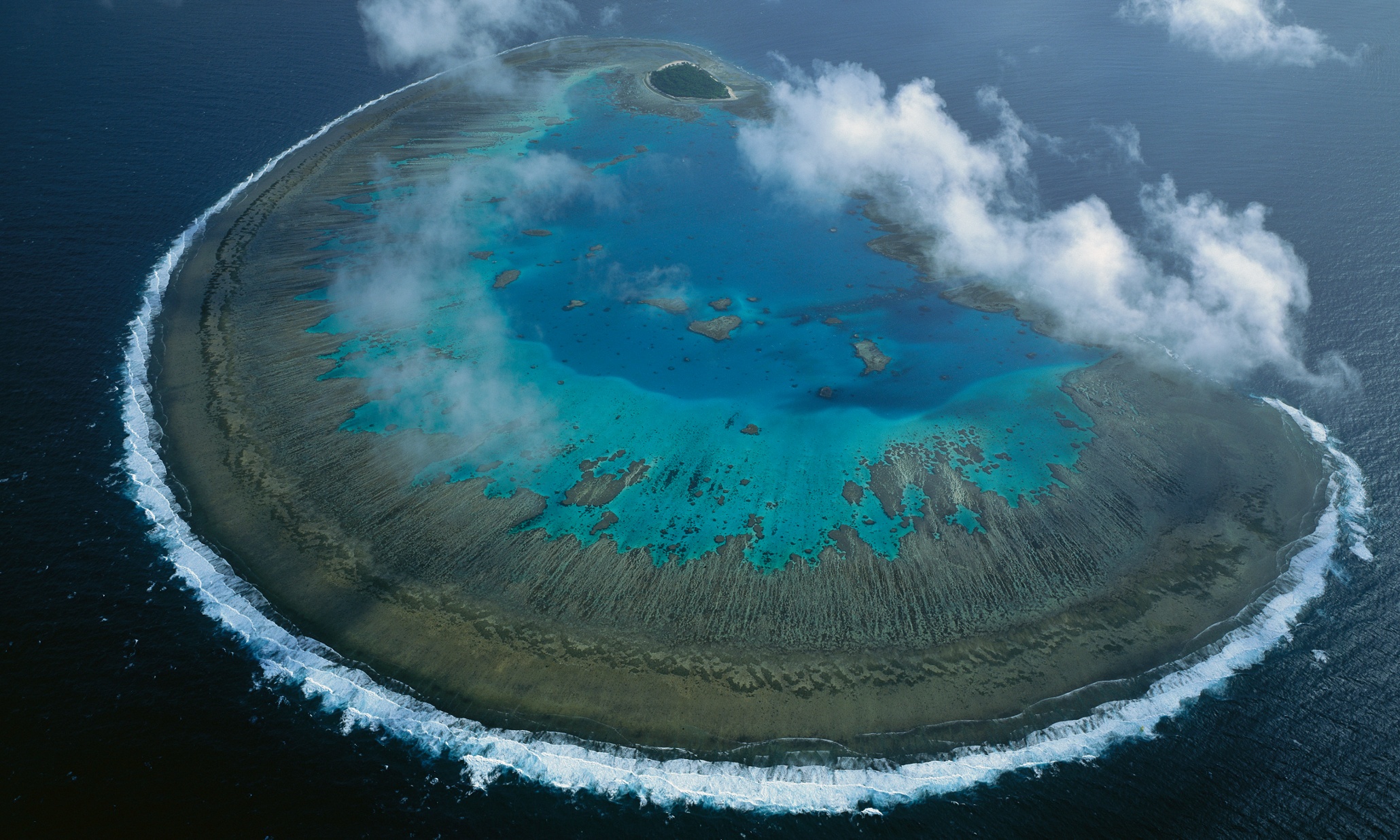This post may contain affiliate links. We may earn money or products from the highlighted keywords or companies or banners mentioned in this post.

Soaking up the sun is easy in a place where it shines more than 90% of the time. With nary a cloud in the sky, living in one of the world’s sunniest spots has its perks, including happy, laidback locals and plenty of time for the great outdoors.
Ranked by the World Meteorological Organization, the sunniest places on Earth are concentrated heavily in the southwestern United States, northern Australia , South Africa, northern Africa and the Middle East. While many of these desert regions are sparsely inhabited, we sought out residents in some of the largest sunniest cities to find out how the cloudless blue skies affect attitudes and quality of life.
Phoenix, Arizona, United States
With the exception of Yuma, a small city of in southwestern Arizona, Phoenix sees more sunny days than any other city in the world. That can be a mental boon – until it gets taken away.
“I had no idea that the sun affected my mood so much until I studied abroad for a year in Bergen, Norway, which incidentally, is one of the rainiest places in the world,” said Catherine Capozzi, a long-time Phoenix resident. “I felt more introverted and melancholy, but couldn't figure out why. Even now, just a single day of rain is enough to bring down my energy.”
Still, the rarity of wet weather has its perks. “Arizonans will note a very particular smell of the desert rain. It happens when rain falls on the creosote shrub, a plant native to the desert,” Capozzi said. “It's one of my favourite scents.”
Even with the sunshine, Phoenix can be an acquired taste due to the intense heat and brown landscape. “Those who stay fall in love with the flaming sunsets, fantastic winter weather, incredible Mexican food, friendly people and a very inexpensive standard of living,” Capozzi said.
Once run down, the state capital’s downtown is now a popular area for young professionals, with farmers’ markets, hipster coffeehouses, taco trucks and museums. Young families and retirees flock to Scottsdale, a nearby upscale suburb about 12 miles northeast of Phoenix. Ten miles east, Tempe is overrun with students from Arizona State University, who frequent the bars and clubs that line Mill Avenue.
Darwin, Australia
From Tennant Creek to Alice Springs, many of Australia’s sunniest cities are concentrated in the country’s Northern Territory. Despite its vast size, the region is sparsely populated: even its capital Darwin has less than 150,000 people. But those that live there enjoy the benefits year-round.
“You never have to watch the weather on the news because it's sunny and 32C almost every day,” said Rick Delander, senior tour guide for Adventure Tours and Intrepid Travel. This leads to a relaxed lifestyle with laidback language to match: you’re likely to hear expressions like“no worries”, “too easy”, and “she'll be right, mate”. “These sum up the easy-going Darwin lifestyle where nothing is too much trouble and people don't worry about things that don't really matter,” Delander explained.
It can go up to eight months without rain, but November tends be the start of the hot and wet season that turns everything green and lush. “The wet season is also known as the silly season, where some people get what is locally known as ‘tropical madness’,” Delander said. The intense heat and humidity leads to an uptick in stress and tension, but once the rains start “everyone gets back to the normal harmonious lifestyle.”
A small city compared to others in Australia, Darwin is very spread out. Delander lives in rural Howard Springs, 30km east. “I call it the happy medium place to live. It has all the good things about living in the bush, plenty of space, lots of wildlife and no neighbours nearby,” he said, adding that it’s also easy to make it into the city quickly via the speedy highway. Closer to the city centre, Nightcliff, 10km to the north, is an ever-popular choice with beaches, markets and incredible ocean views, while Fannie Bay, 5km north of the city, is beloved by professionals and families for its parks, big blocks and established gardens.
Nizwa, Oman
Located on the eastern side of the Arabian Peninsula, Oman has sunny cities across the country, which leads to “a sunny disposition about life”, said expat Nicole Brewer, who works as a teacher in Nizwa and writes the I Luv 2 Globetrot blog. “Omanis are already very nice and welcoming people,” she said. “As a conservative religious area, Muslims [in Oman] are actually pretty laidback, and everything is ‘Inshallah’, but more in a way as ‘what will be will be and I'm not going to worry about it’.”
The endless sunny days make it easy for Nizwa locals to explore the surrounding area. Nearby mountain Jabal Akhdar (meaning “the green mountain”), about 60km north of the city, sits 2,000m above sea level and is popular with hikers and overnight campers. Nizwa is also famous for its suq, a large outdoor shopping area with local silver and pottery for sale.
Nizwa’s constant sun also makes rainy days a treat. “Just today we had a little bit of rain and my students could not wait to get out of class so that they could enjoy the rare cloudy skies and few raindrops,” Brewer said. “It is quite the sight to see really how happy they are for rain and clouds.”
Brewer lives in Hay Al Tourath, a mellow and quiet neighbourhood popular with young families and college students.
Amman, Jordan
Even in the middle of winter when temperatures can be as low as 5C, sunny days and an outdoor lifestyle are the norm in Jordan.
“The weather encourages me to run many of my errands on foot,” said Ghada El Kurd, a strategic development director at Jawsaq Media and Art Production, who is originally from Palestine but now lives in Jordan’s capital and most populous city of Amman. “Particularly on weekends, many people will go out on family picnics or hiking day trips.”
This means Jordanians are generally friendly – “as long as you don’t mention traffic”, warned El Kurd. “Traffic in this city can get crazy.” Amman is also one of the 50 most expensive in the world, yet locals can eat cheaply at one of the many cafes that line historic Rainbow Street, 3km to the west of the city centre. Inexpensive street food vendors also populate the Gardens area in the newer part of the city, 7km from the centre.
The opportunity to stay outdoors is another perk of living in the city. In Tla' Al Ali, a neighbourhood in West Amman where El Kurd lives, everything is within walking distance. “Even my children walk three minutes to get to school,” she said. Other cosy neighbourhoods include Al Weibdeh, one of the oldest parts of the city 3km west of downtown, and Shmeisani, a quiet area in the northwest.
Johannesburg, South Africa
Near constant sun doesn’t always mean living in constant heat. In fact, South Africa’s largest city has the mildest climate in the country. “It seldom gets very, well, anything… cold, wet, hot,” said South African native Jean Barnard. That does mean the sunny days are easy to take for granted. “On the rare occasion where we have three or more days of rain the citizens get very grumpy,” Barnard said.
The nice weather means that most city folk spend their time outdoors, with residents having lots of braais (barbeques), eating outdoors (alfresco spots in restaurants always fill up first), and spending time in the swimming pools that are popular in the homes of middle- and upper-class residents.
Compared to Cape Town, residents are much more welcoming, according to Barnard. “It is very easy to start a conversation with strangers in Johannesburg and this can lead to all sorts of interesting opportunities,” he said. The city is also very affordable on a middle class income, he added, which is easy to attain if you’re a skilled worker in the city.
The northern suburbs of Parkhurst and Parktown North are attracting more and more businesses, and have plenty of restaurants within walking distance, making them attractive areas for expats.
If you liked this story, sign up for the weekly bbc.com features newsletter, called “If You Only Read 6 Things This Week”. A handpicked selection of stories from BBC Future, Earth, Culture, Capital, Travel and Autos, delivered to your inbox every Friday.










